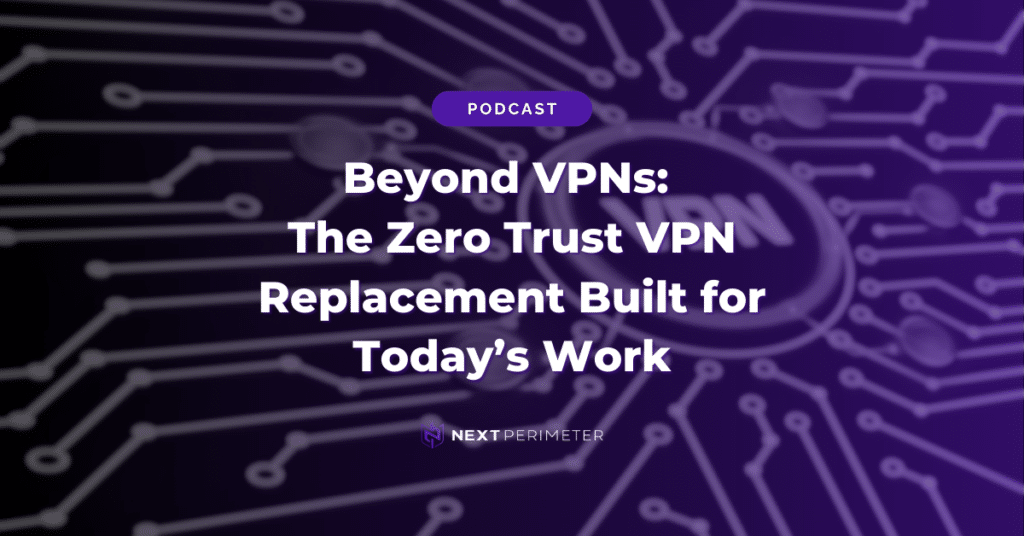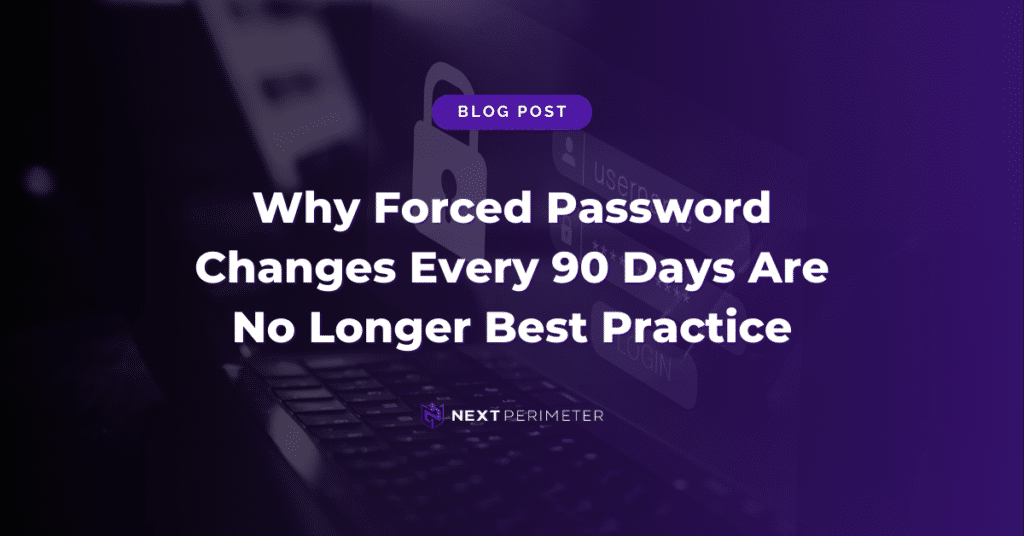What classifies as a disaster to one company might be just a minor inconvenience to another. One business might be comfortable losing a few files or documents; a different company wants to make sure every file is secure and protected in the event of data loss. No matter your opinion on how you define a disaster, the importance of having a proper disaster recovery plan in place cannot be said enough. You’ll need to determine what your business needs to protect against and what is required to keep your company afloat if you ever suffer data loss, either through theft or hardware failure.
So, How Do You Define a Disaster?
To define what a disaster is, you’ll want to consider two factors. The first is the cost of resolving the issue. The cost includes anything associated with data loss, from hardware replacement to infrastructure damages. The second is the loss of productivity. This factor means how much downtime was experienced while recovering from the data loss incident. These two factors will play a role in determining your disaster recovery plan.
The Cost of a Disaster
It’s critical to determine the total cost to your business in the event of a disaster. An idea of total costs is the only way you’ll know how much work will have the be done to get your business operating again. The amount of damage the needs repair is dependent on the type of disaster. For example, the least costly incident might be a hardware failure. With that said, just because it might be the least costly, you don’t want to underestimate the cost. You will still have to replace a server or workstation and pay the employee or employees affected by downtime they experience while replacing the equipment.
More Than Just Data Loss
A disaster can affect more than just your data. You will need to consider the costs and damage done to your business overall when putting together your disaster recovery plan. A flood or similar natural disaster could damage both your data and physical infrastructure, meaning your information and office space would be destroyed. What is the cost of relocating your staff to a new workspace? What are the repairs needed to your building, or the costs of renting a new one? These are expenses that hit a company all at once. Even the most budget-conscious businesses can be left unprepared for an event like this.
A Different Type of Cost
Hardware failure costs are easier to plan for. When data security and theft are involved, the costs can become increasingly more difficult to determine. Depending on your industry, the information stolen could be credit card numbers, identities, or even health records. A data breach can lead to lawsuits and fines due to regulations like HIPAA. Your business will also have to deal with a loss of reputation, meaning the potential of loss of future business and an exodus of current clients and customers.
Downtime After a Disaster
The other factor in determining the severity of a disaster is the downtime your employees experience during recovery. Downtime is anytime your business isn’t operating as intended. It can be as simple as an employee not being able to access information, or something as unpredictable as a natural disaster. What all this means is that your business loses money when it isn’t productive. You need to have a plan in place to make sure to minimize downtime as much as possible.
Determine Your Plan
Now that you know a disaster recovery plan has more components than just backing up your data and information, it’s time to talk to IT Support Guys to get your plan implemented.
Our team has over a decade of experience helping businesses just like yours with their backup and recovery needs. To learn more, talk with an IT Support Guys specialist today at 855-4IT-GUYS (855-448-4897).



